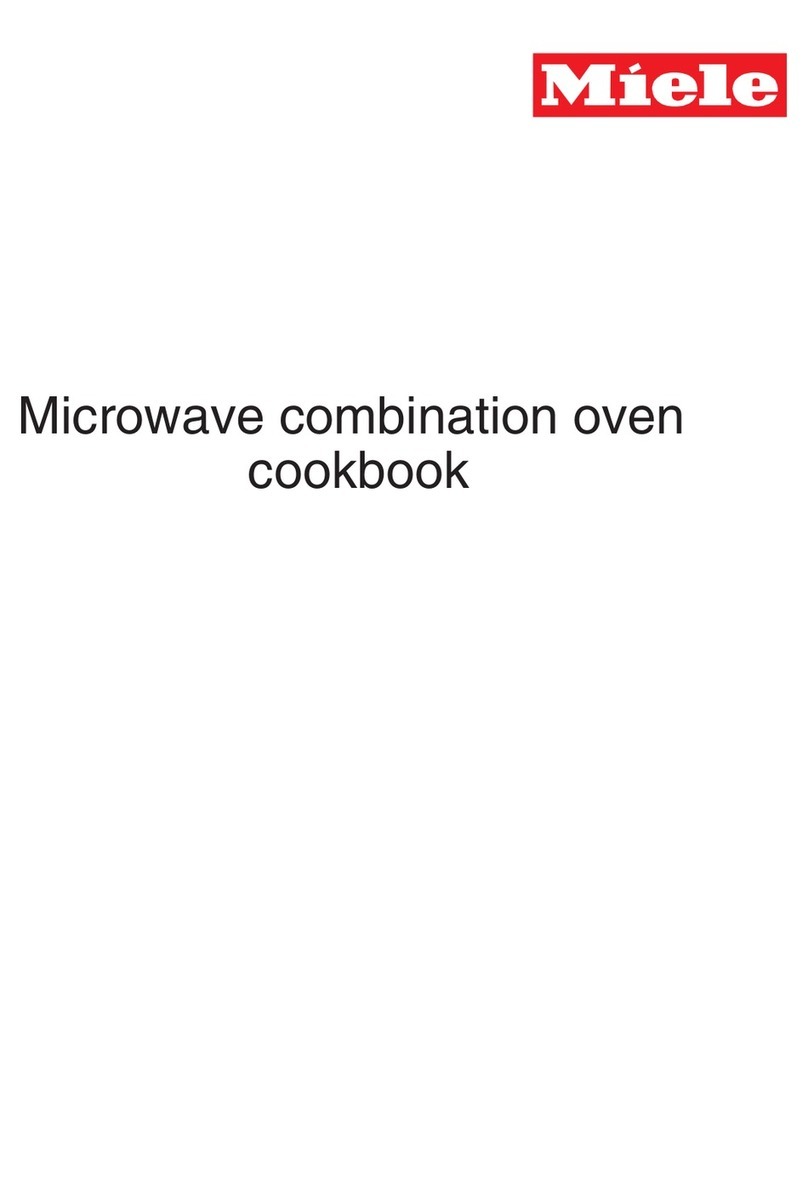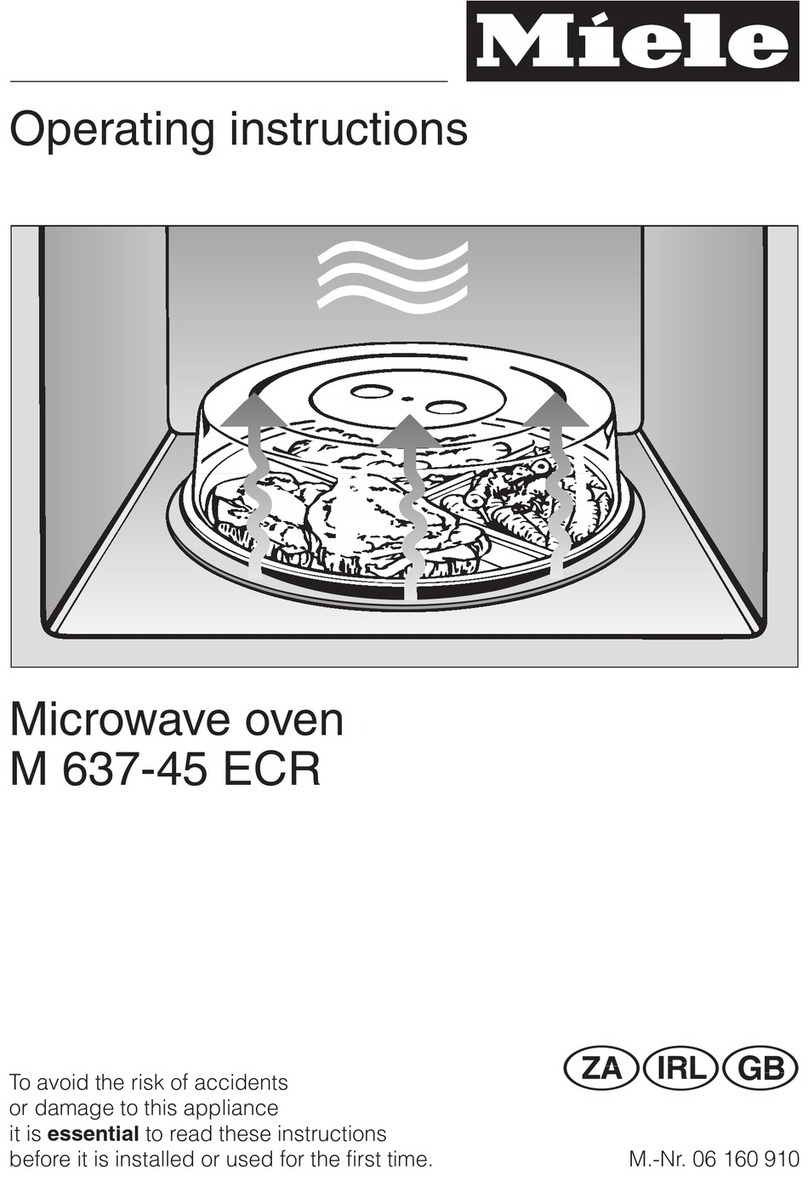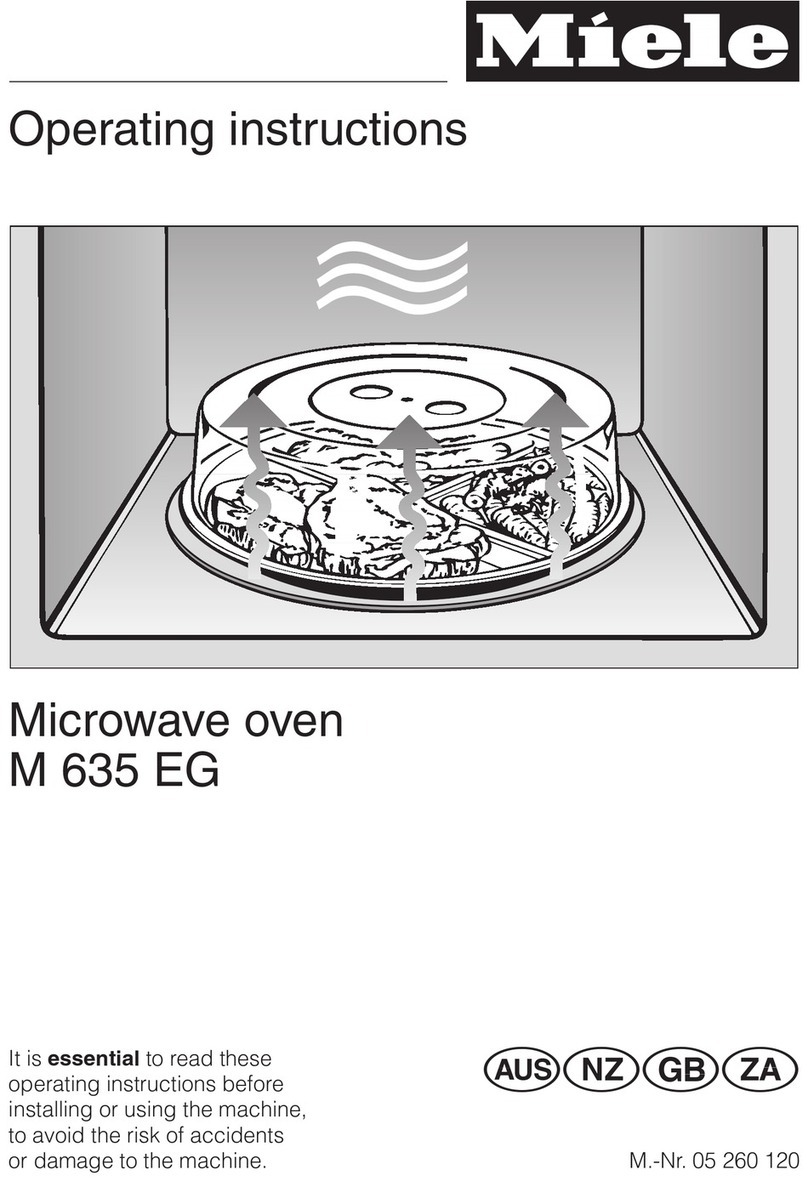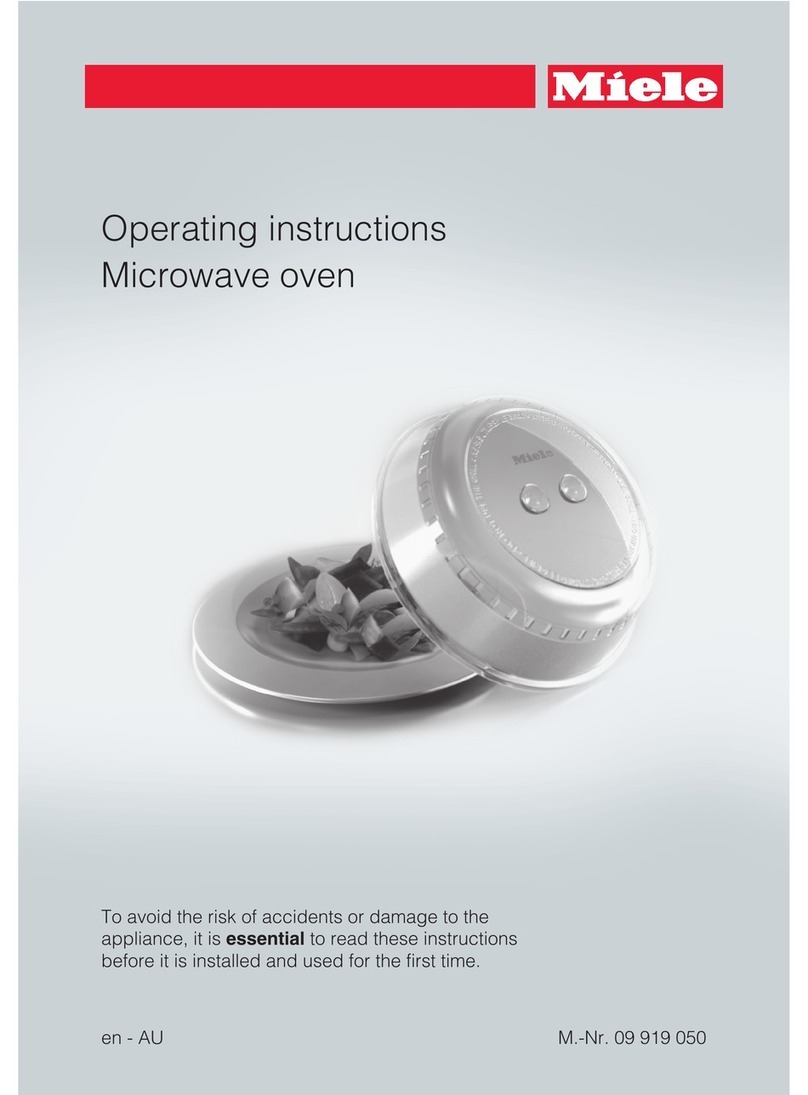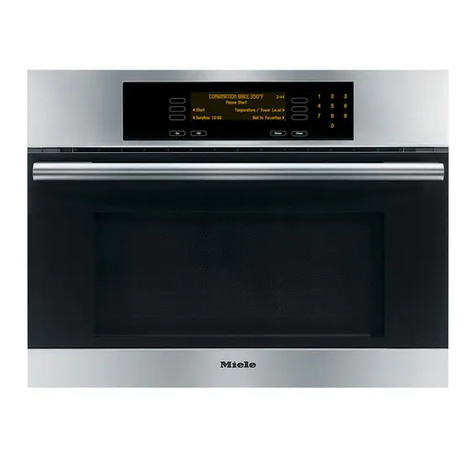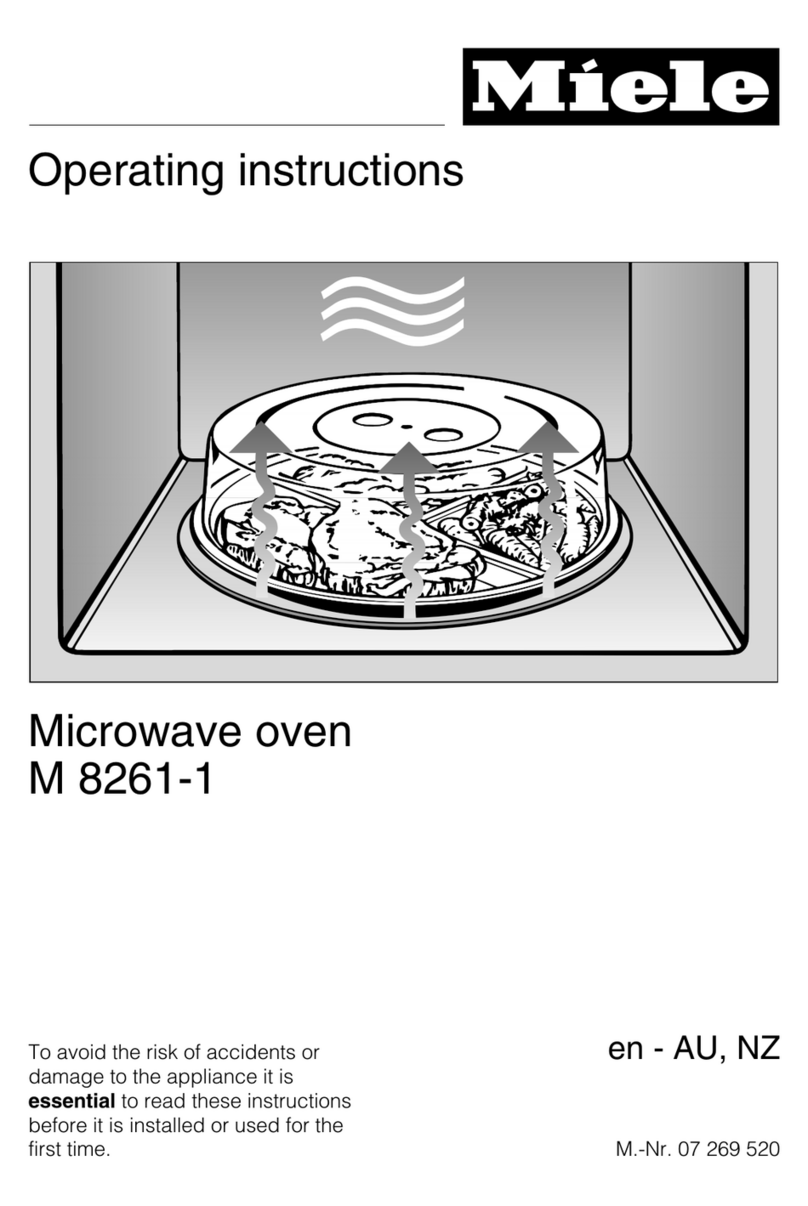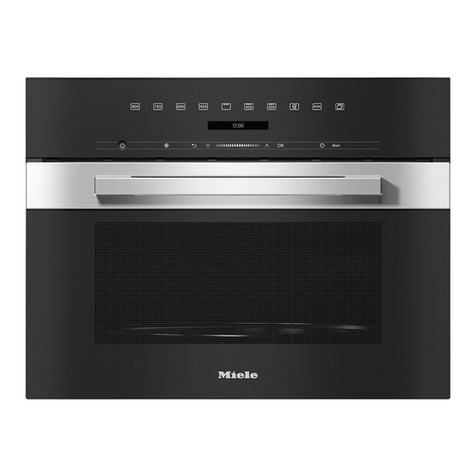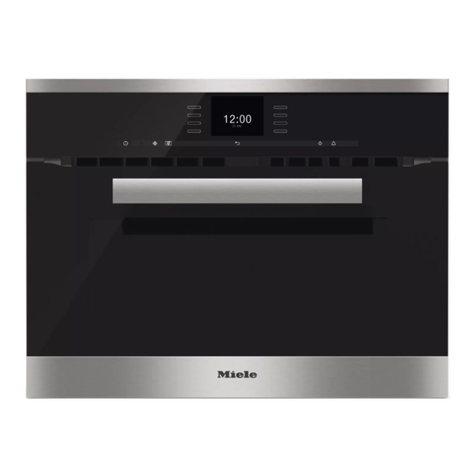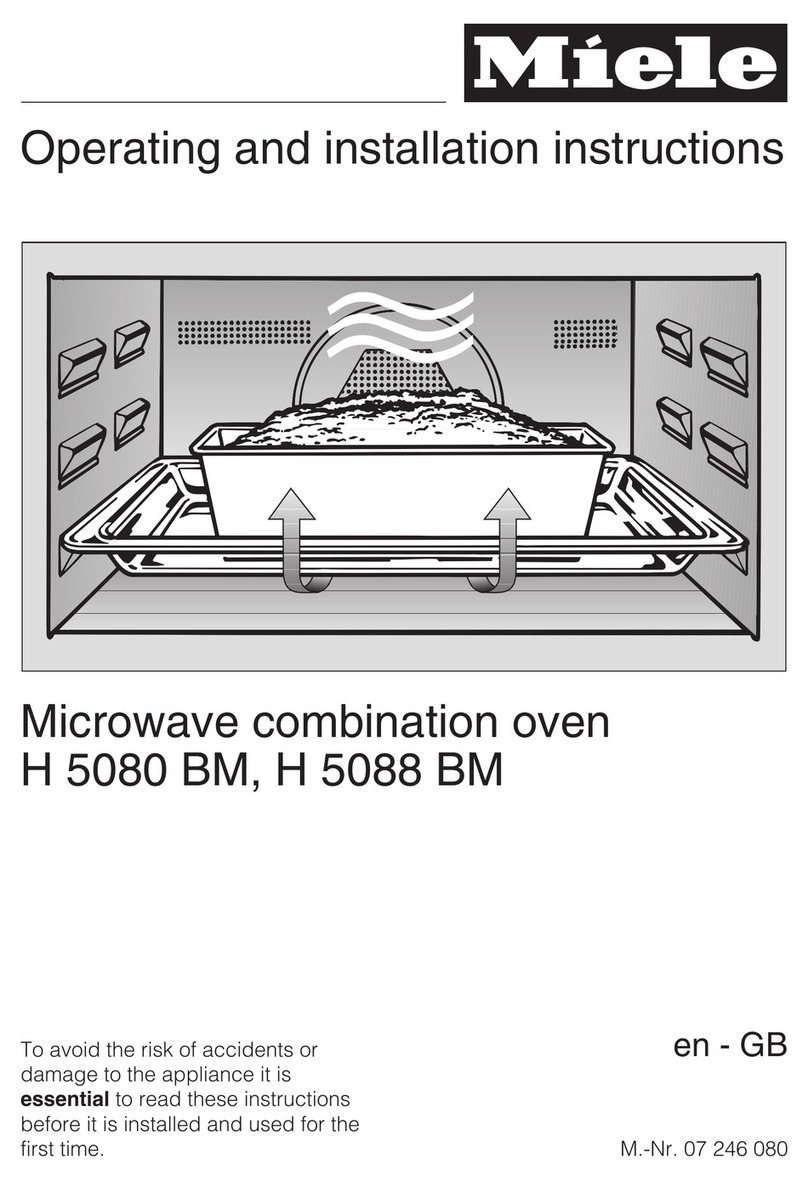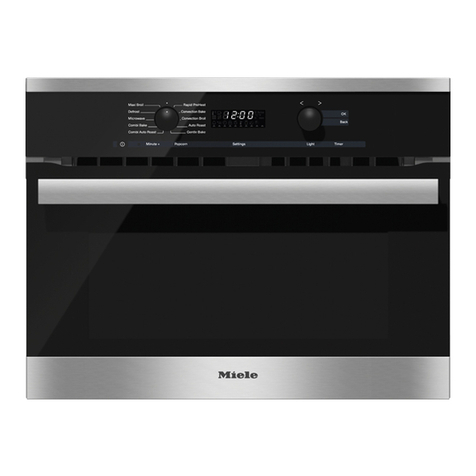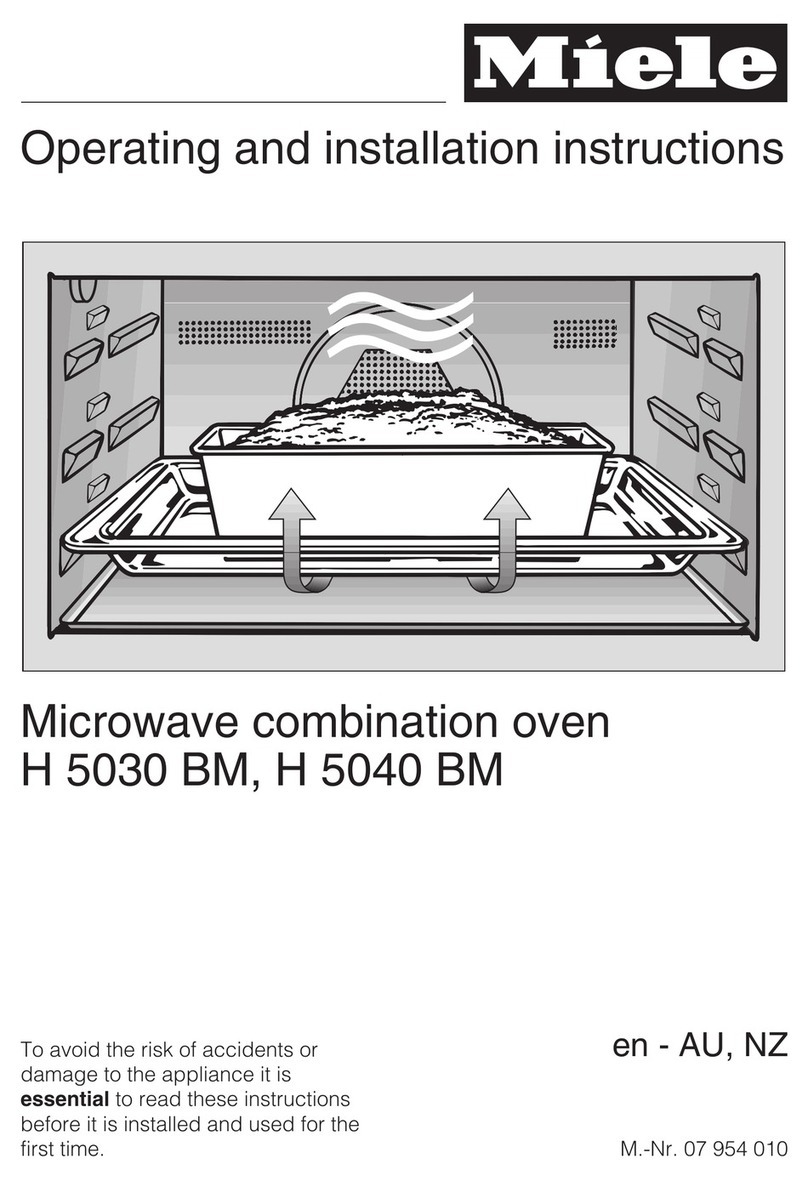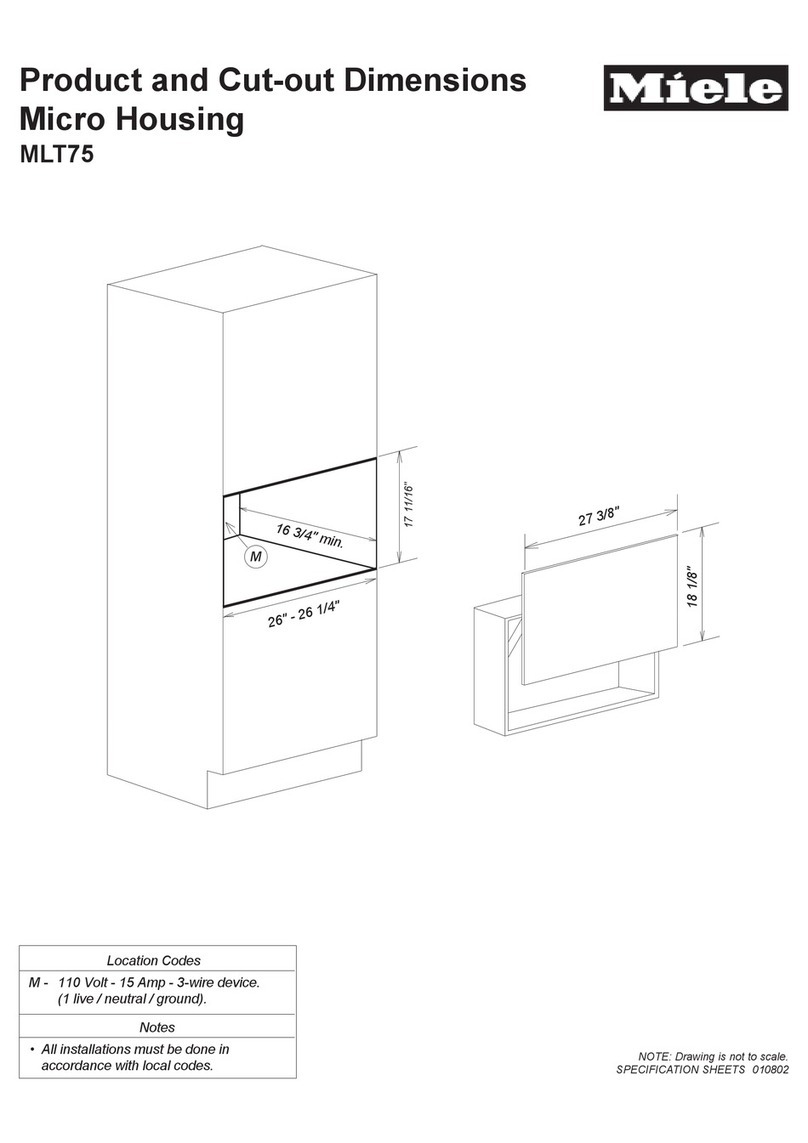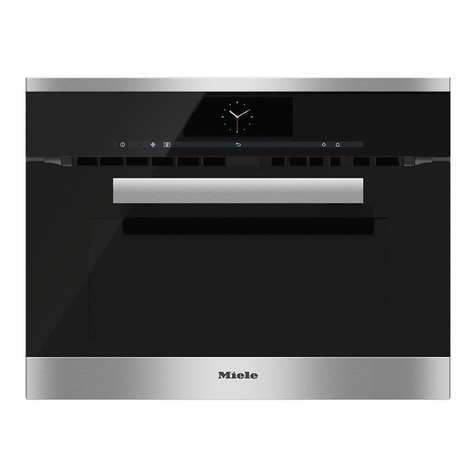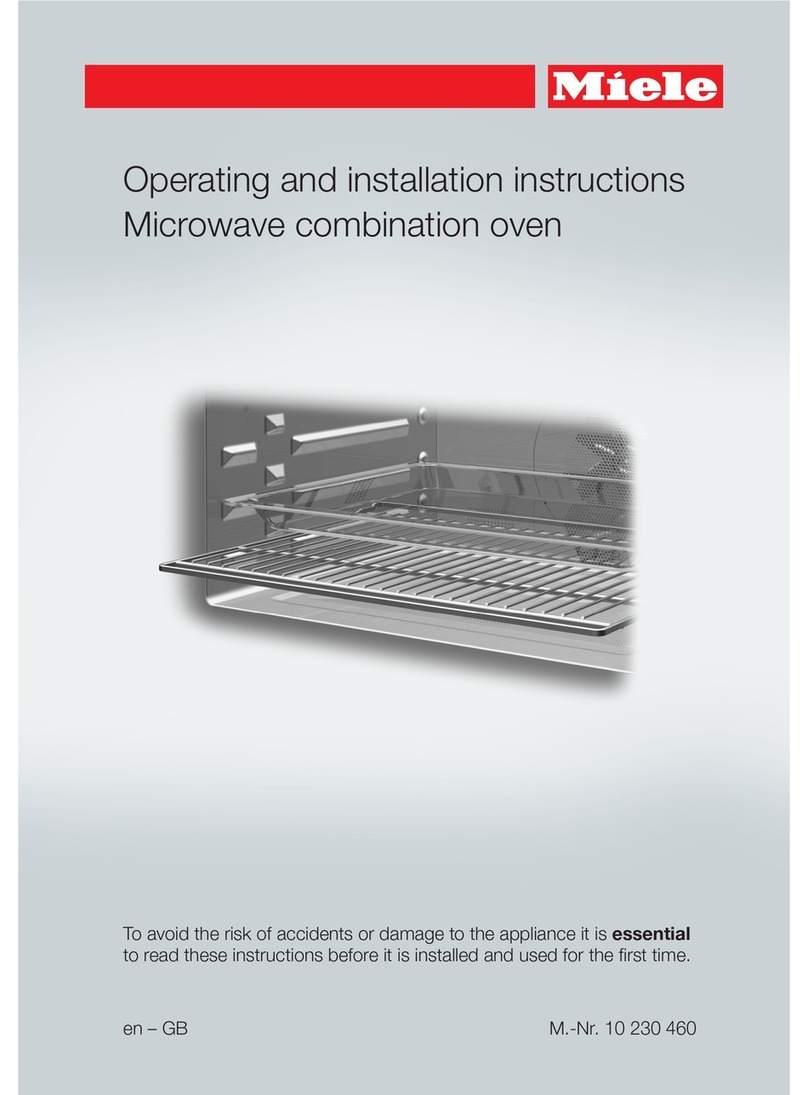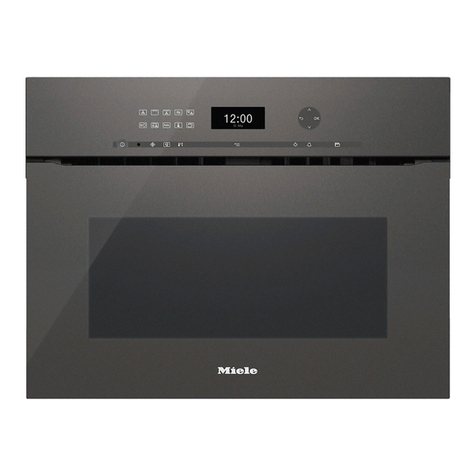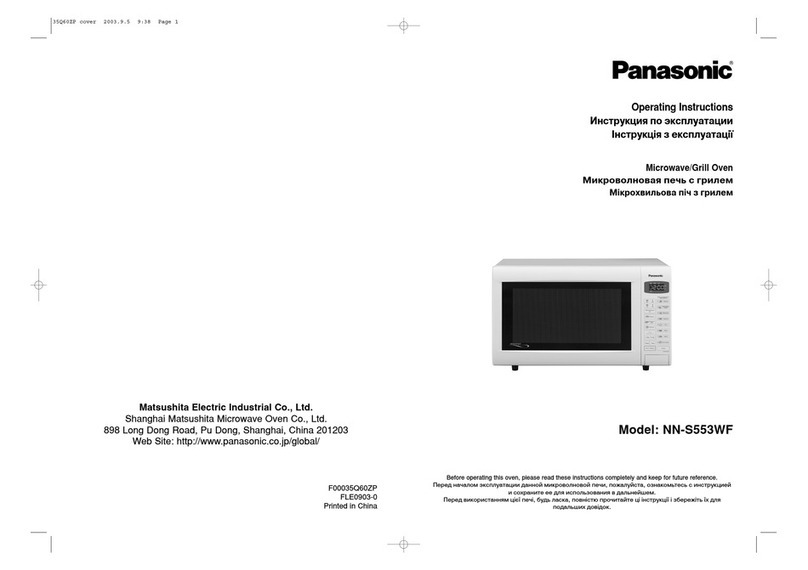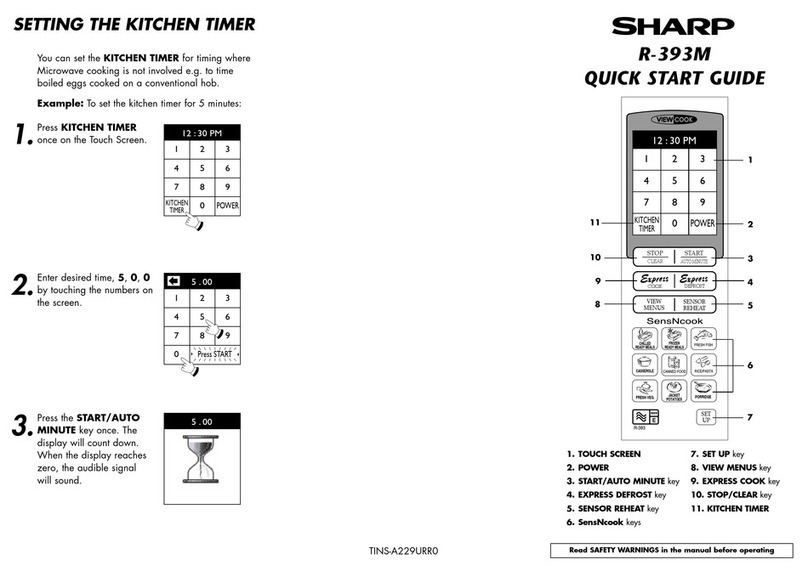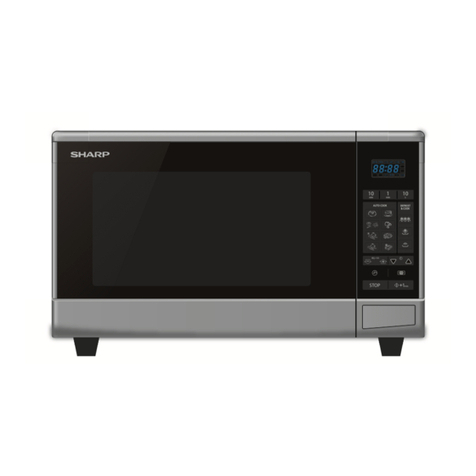Warning an Safety instructions
The electrical safety of this ap-
pliance can only be guaranteed
when continuity is complete between
the appliance and an effective earthing
system, which complies with local and
national regulations. It is most import-
ant that this basic safety requirement is
tested by a qualified electrician. The
manufacturer cannot be held respon-
sible for the consequences of an inade-
quate earthing system.
This appliance must only be oper-
ated as a built-in appliance. This is
necessary to ensure that all electric
components are shielded.
Installation work and repairs may
only be carried out by suitably
competent persons to ensure safety.
Repairs and other work by unqualified
persons could be dangerous.
The appliance is only completely
isolated from the electricity supply
when:
– it is switched off at the wall socket,
and the plug removed
– or the mains fuse is withdrawn
– or the screw-out fuse is removed (in
countries where this is applicable)
Do not pull on the cable, only on the
plug.
Never poke an object, particularly
a metal object, through a grille or
between the door and the oven.
Use
General notes
It is important that the heat is
allowed to spread evenly throug-
hout the food being cooked.
This can be achieved by stirring and/or
turning the food, and by observing a
sufficiently long standing time, which
should be added to the time needed
for cooking, reheating or defrosting.
Always ensure that food is suffi-
ciently cooked or reheated. Many
factors will affect the overall cooking
time, including the size and amount of
food, its initial temperature, changes to
recipe and the shape and size of cook-
ing container. Some foods may contain
micro organisms which are only de-
stroyed by thorough cooking, therefore
when cooking or reheating foods, e.g.
poultry, it is particularly important that
food is fully cooked through (at more
than 70°C, for more than 10 minutes). If
in doubt select a longer cooking or re-
heating time.
Always remember that cooking
times in a microwave oven are
usually considerably shorter than with
traditional methods of food preparation.
Excessively long cooking times can
lead to food drying out and eventually
burning, or could even cause it to
catch fire.
There is also a danger of fire if bread-
crumbs, flowers, herbs, etc., are dried
in the microwave oven. Always ensure
that this type of procedure is super-
vised.
9
